comfort station
Dai-Ichi Salon, Japan’s first comfort station
Dai-Ichi Salon(大一沙龍), Japan’s first comfort station
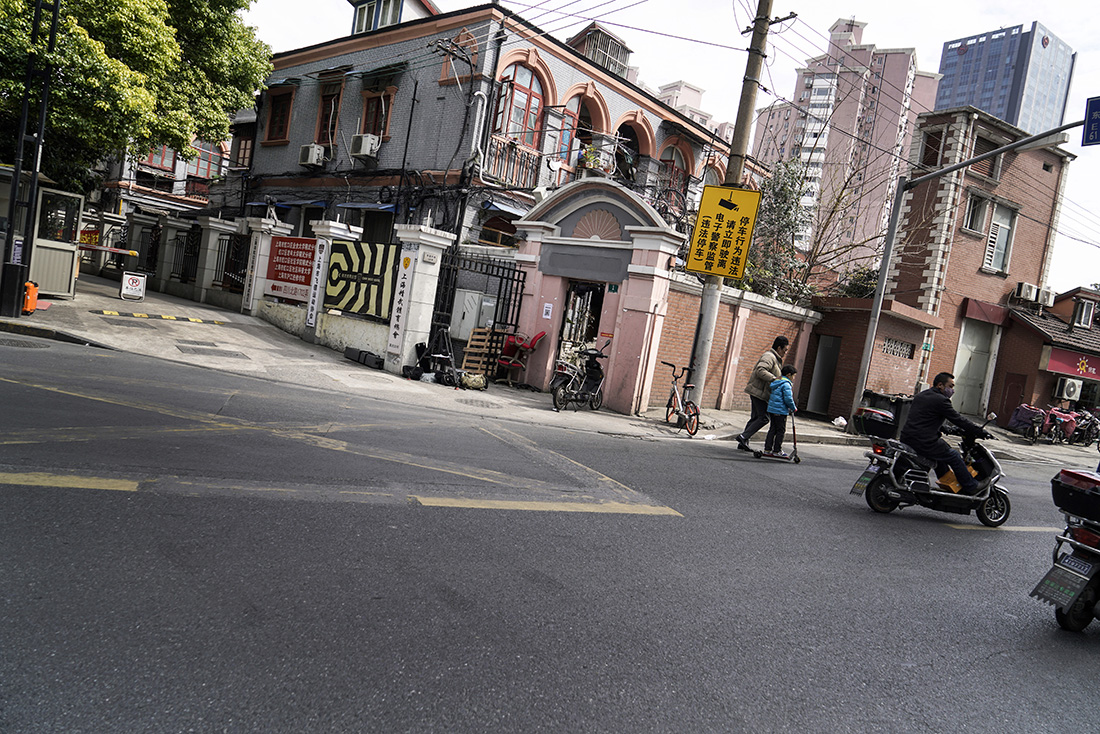
Dai-Ichi Salon, Japan’s first comfort station located in 125 Nong in Dongbaoxing. This is a military comfort station operated directly by military after remodeling restaurant in Hong Kouchi, Shanghai two months before ‘1.28 Incident’, which Japanese military conducted armed invasion to Shanghai, China on January 28, 1932.

The Japanese military built comfort stations exponentially not only in Shanghai but also places wherever their army moved, centering on Hong Kouchi, a Japanese concession at that time. But there is no trace at all due to the rapid urbanization.
Compared to this reality, the building of Dai-Ichi Salon, the first comfort station, was relatively well preserved. Since the building has been built more than 80 years ago, it was quite old and shabby. Light didn’t goes into the building well and wooden corridor and stairs was making a loud noise as if they were about to collapse. There is no one who can remember the time more than 80 years ago any more in this place which became so-called dosshouse where about 40 household live in one building. They just tell the story they has been heard. Only buildings that witnessed the situation at that time deliver the story of the past, not people.
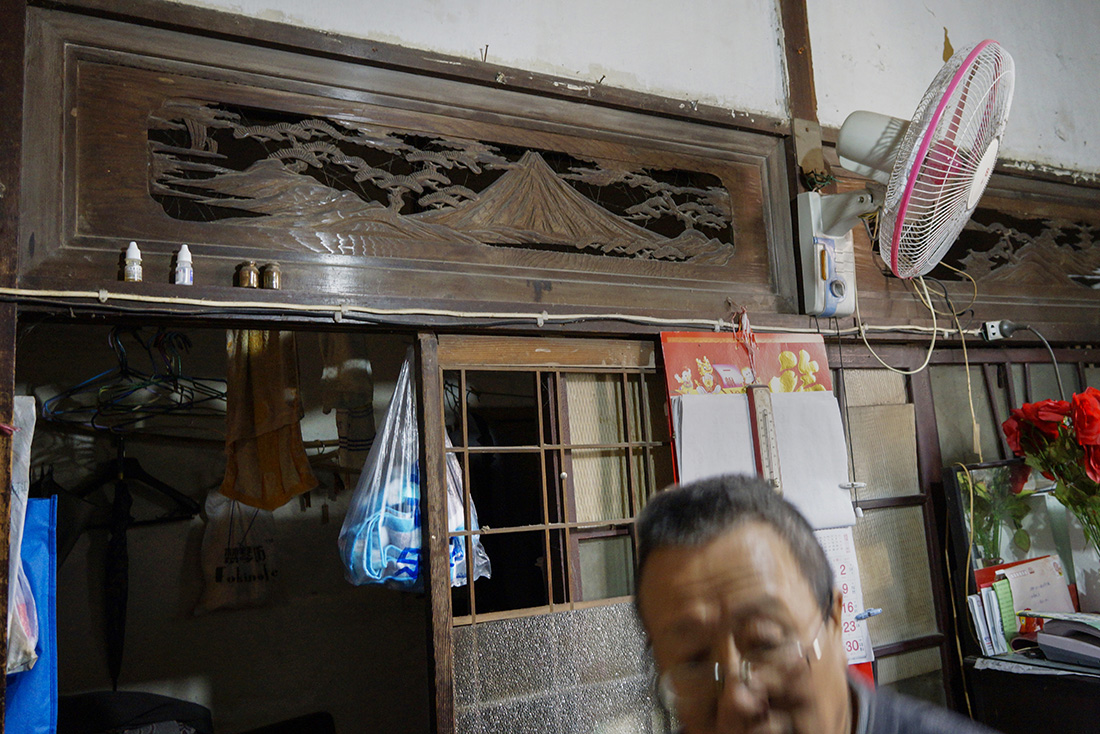
Chrysanthemum pattern in the entrance that symbolizes Imperial House of Japan and Mount Fuji pattern engraved on the window frame of the room tell that Japanese military were stationed in the past.
And the narrow rooms that are attached very closely each other show blood red as if proving that it was the place where Japanese soldiers who enjoyed the victory of the Sino-Japanese War were drunk and ‘excreted’ their sexual desires. It is heartrending to think of the horror they felt in this place where was unfamiliar to them who was teenagers 80 years ago. The sore wound of our history that made Korean peninsula as logistical base after going to war with the ambition of invasion of Japan, which young man was compulsorily commandeered and that requisitioned young women to comfort station are completely left even in Shanghai, a foreign land.
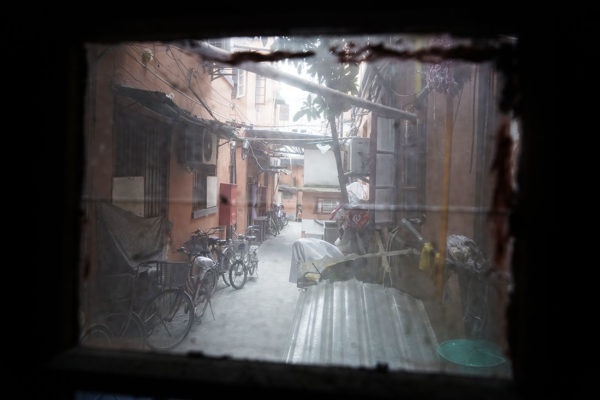
Ji Qing Li in Wuhan
Wuhan comfort station, a bridgehead for inland advance
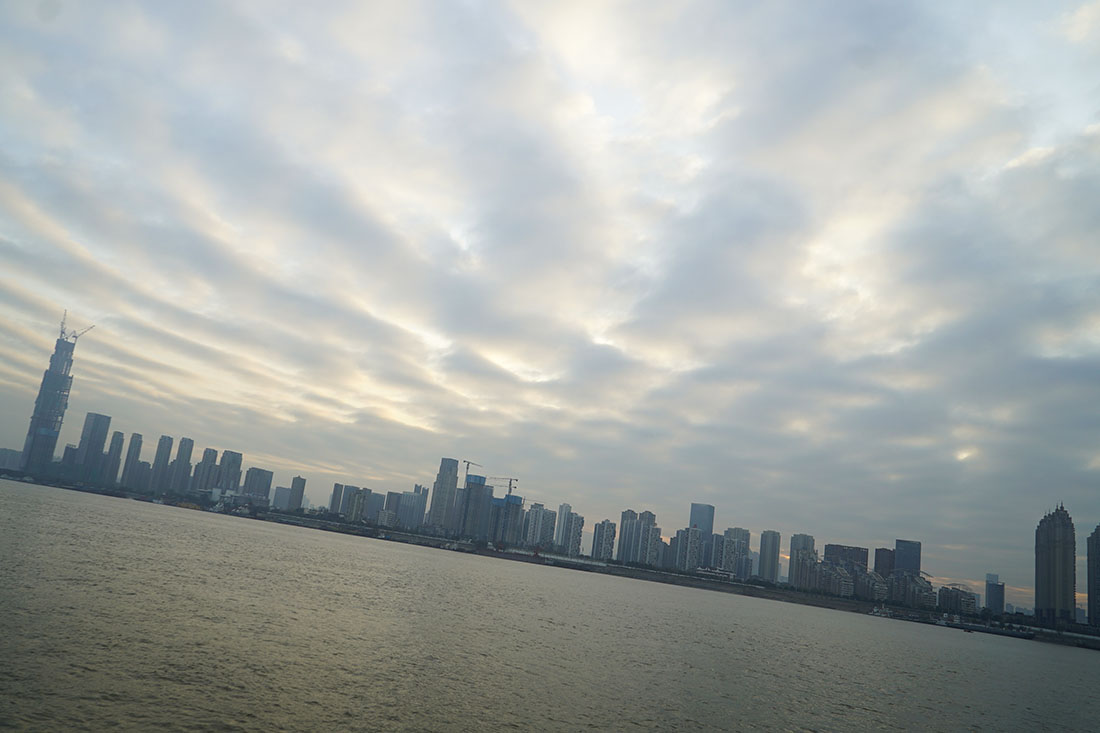
The Japanese military headed for the three Wuhan cities (Hankow, Hanyang, Wuchang) after occupying Xuzhou in May 1938. There was a military command of Jiang Jieshi in Wuhan and it was also four-way transport center. In June, Japanese military launched an attack against Wuhan from three directions, but had a tough war with a persistent counterattack of Chinese military. They finally occupied at the end of October. This war that is called as Wuhan operation in Japan was the largest in scale among the Sino-Japanese War.
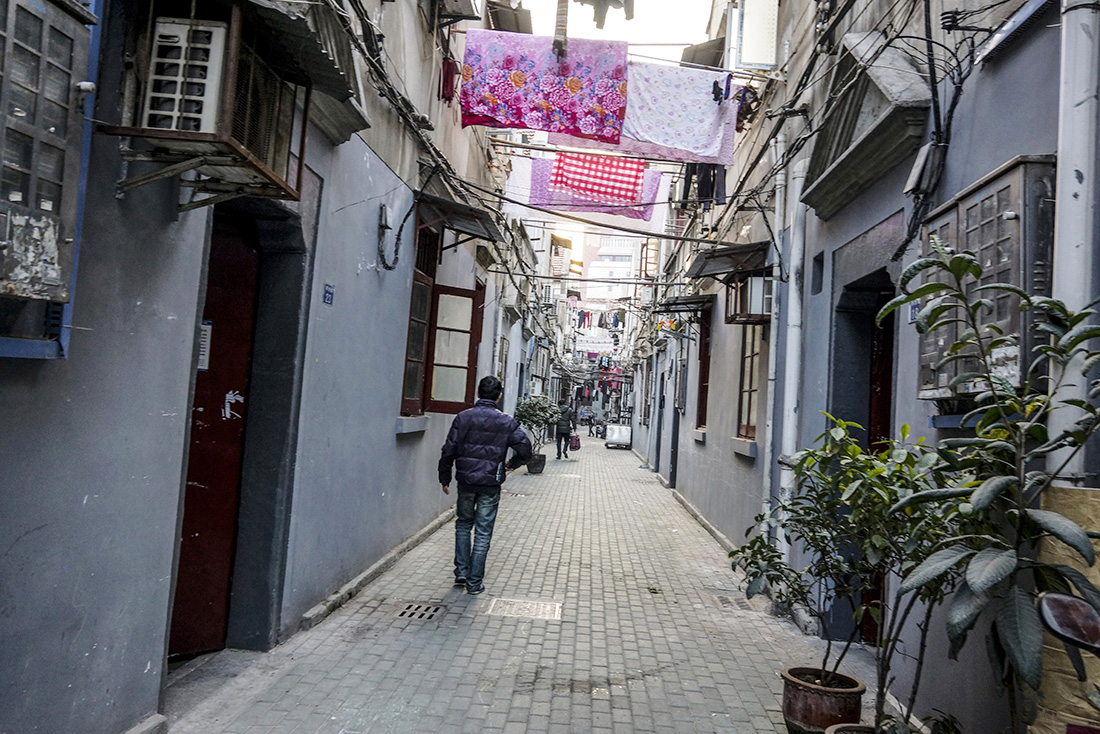
The first place Ha Sang-suk went to was Ji Qing Li in Wuhan. The alley was blocked with iron bars to control the entrance and she lived as comfort women with the name of ‘Kimiko’ in ‘Samsungru’ comfort station. When she was given an injection while getting inspection by army surgeon, she was informed that it was a shot that prevent her from having baby. She had to serve up to 15 soldiers.
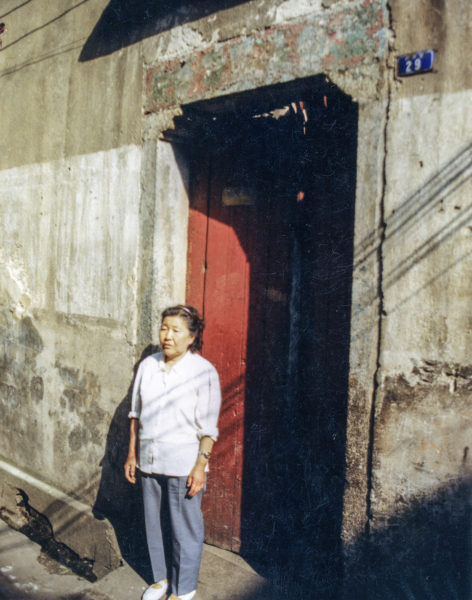
Hankow Japanese Concession
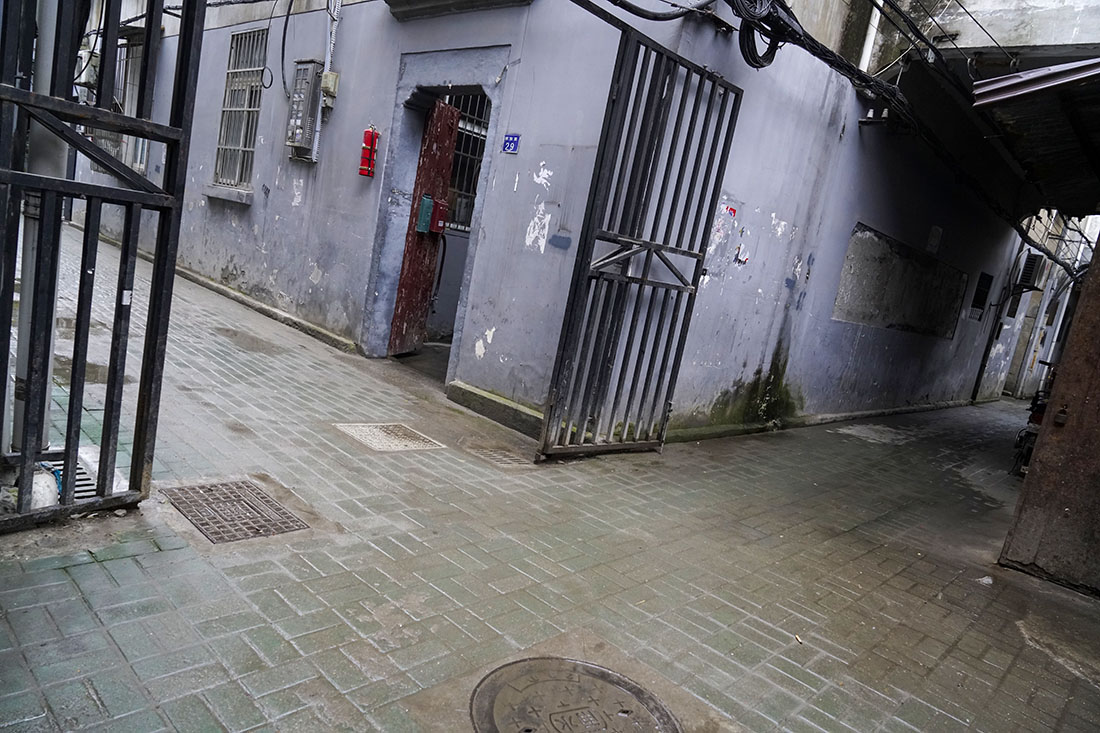
It was one of 5 Japanese concessions in modern China and 1984 Japanese lived there in 1937. Chinese government retrieved it on the first anniversary of Shanghai Incident in 1938, but the concession was revived as Hankow was captured by Japanese military on October 25 of the same year and it was returned to WangJingwel’s Regime which was pro-Japanese regime on March 30, 1943. Japanese concession was located in a remote area and didn’t prosper greatly due to the limit of economic power of Japanese merchants. Japanese banks and companies were placed in British concession and Japanese concession became the center of smuggling and drug trafficking.
The entire area was turned into ruins by bombing of US Army on December 18, 1944, but several buildings remained. There were some buildings demolished in 2003 including shrine, but currently there are western architectures of # 長春街1-4, former Japanese consulate, Japanese concession official residence (#勝利街272), Eighth Route Army Wuhan private residence (#長春街57) and Hankow 新四軍軍部(#勝利街332-352, place name at that time was #大和街26).
China’s first History Museum of Victims
China’s first History Museum of Victims
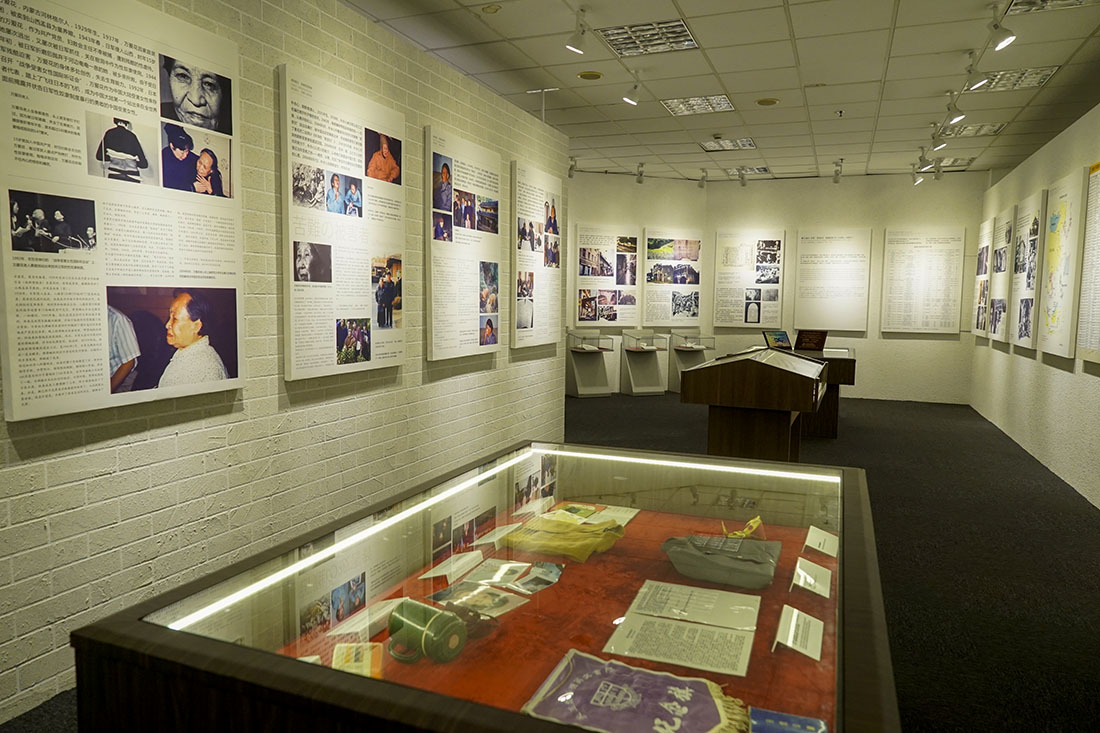
Suzhliang, a professor of a history department, Education College in Shanghai published <the Annals of Japanese Military Comfort Station in Shanghai> that revealed 160 comfort stations located in Shanghai, and established the China’s first History Museum of Comfort Women. He said that he became to concern about comfort women issue when he heard that ‘the first comfort station is in Shanghai’ at an international conference in Japan when he was a researcher at the University of Tokyo, Japan. After returning to Shanghai, he has been focused on research of comfort women for nearly 20 years from 1993. He collected relics related to comfort women in Shanghai and testimonies from victims, and finally opened the History Museum of Comfort Women in 2007.
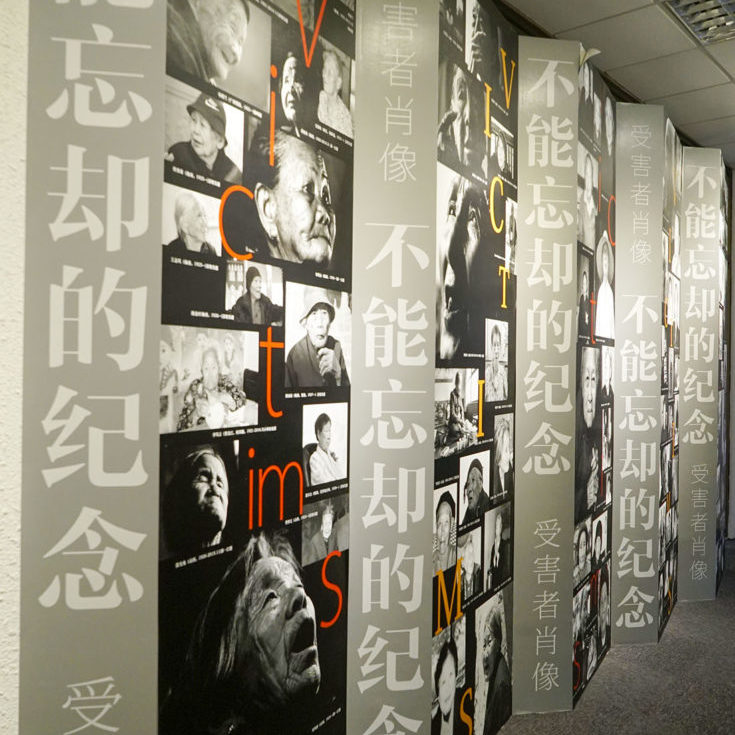
This History Museum, which is operated mainly by testimonies of victims and related books, is a history museum that exhibits Saku (condom), hair combs and shoes used by comfort women. It hasn’t been more than a hundred years yet, but can violation of human rights and violent brutality committed against whole Asia be forgotten from the memory of people who are living today? There should be no present and future that doesn’t settle the past. If crimes committed under the name of militarism of Japan is remembered and we receive a sincere apology, true forgiveness and reconciliation would be made.
